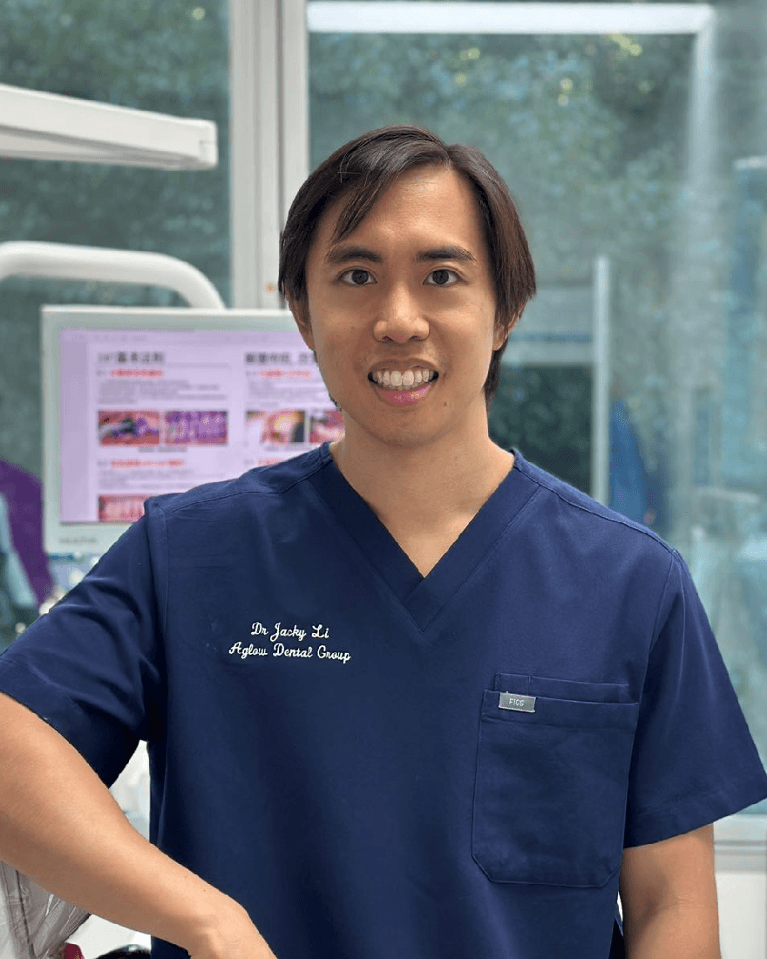Laser Dentistry
W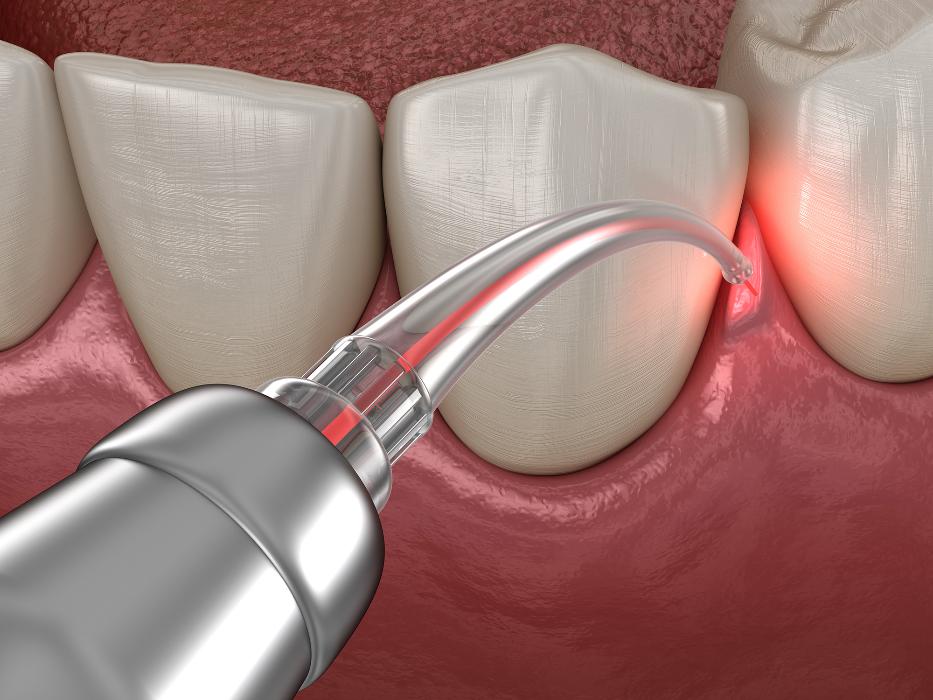 hat is Laser Dentistry?
hat is Laser Dentistry?
 Laser (light amplification by the stimulated emission of radiation) dentistry is the use of lasers to treat a number of different dental conditions. Lasers are a relatively new feature of dentistry but it became commercially used in clinical dental practice for procedures involving tooth tissue as early as 1989.
Laser (light amplification by the stimulated emission of radiation) dentistry is the use of lasers to treat a number of different dental conditions. Lasers are a relatively new feature of dentistry but it became commercially used in clinical dental practice for procedures involving tooth tissue as early as 1989.
Laser dentistry potentially offers a more comfortable treatment option for a number of dental procedures involving hard or soft tissue compared to drills and other non-laser tools. Because your dentist can have precise control over power output and exposure times, laser dentistry can help enhance treatment outcomes. Lasers can help reduce bleeding and swelling, as well as the risk of infections. In some cases, they can help prevent healthy teeth and gum tissue from being affected during the procedure. Laser treatments can reduce or eliminate the need for dental drills, which may also help you feel more at ease.
The instrument creates light energy in a very narrow and focused beam. This laser light produces a reaction when it hits tissue, allowing it to remove or shape the tissue.
What can we use laser treatments for?
Laser dentistry is used in a variety of procedures, including:
- treating hypersensitivity
- treating tooth decay
- treating gum disease
Lasers can make dental treatments more efficient, cost effective, and comfortable. The Food and Drug Administration (FDA) has approved laser dentistry as a treatment option for several dental conditions.
It’s worth noting that the American Dental Association (ADA) currently has yet to do so, though they are hopeful about the potential of the field.
The two main types of procedures used for laser dentistry are hard tissue and soft tissue procedures. Hard tissue refers to the teeth, and soft tissue refers to the gums.
Common hard tissue procedures include:
- Cavity detection. Lasers can detect cavities early by finding evidence of tooth decay.
- Tooth preparations and dental fillings. Local anesthesia and traditional drills are often not needed with laser treatments. Lasers can kill bacteria in a cavity, which can aid in the long-term health of a tooth.
- Treating tooth sensitivity. Teeth that have sensitivity to hot and cold can be treated with dental lasers that seal tubules on the tooth’s root.
Laser dentistry can be used to treat:
- Tooth decay – Lasers can help cut and shape tooth enamel more efficiently than dental drills when preparing a tooth for a filling. Lasers may also be used to help a filling bond to the tooth. or to remove decayed tissue during a root canal treatment.
- Gum disease – Diseased or inflamed gum tissue can be cut away with minimal effect on the healthy tissue. Lasers can also help expose teeth roots to remove plaque.
- Impacted wisdom teeth – Lasers can help cut away gum tissue to expose wisdom teeth that have only partly erupted or are stuck (impacted) in the gum.
- Sensitive teeth – Dental lasers can help seal tubules in tooth roots to reduce the tooth's sensitivity to hot and cold food and drinks.
- Temporomandibular joint disorders (TMD) – Low-level lasers can help reduce pain and inflammation in the temporomandibular joint and surrounding tissues.
 Gummy smile – If you want to alter the appearance of your smile, your dentist may recommend using laser
Gummy smile – If you want to alter the appearance of your smile, your dentist may recommend using laser 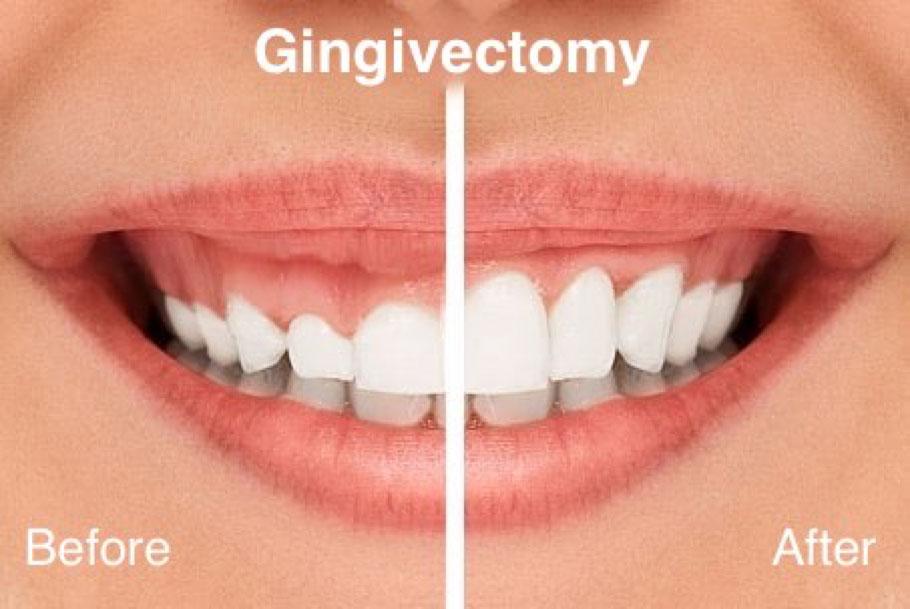 treatment to help reshape your gum line and remove excess gum tissue to show
treatment to help reshape your gum line and remove excess gum tissue to show
Laser treatments such as these can vary in price, depending on the procedure being done and the laser equipment used. Compared to non-laser treatment, they may be less expensive because the laser treatment is usually completed in fewer sessions. Additionally, dental insurance usually determines reimbursement costs based on the treatment itself and not on what method is used.
Therefore, your compensation is likely to be the same as it would with drilling and other procedures. However, it’s always important to ask about your specific policy beforehand to get the most accurate information.
How many types of Dental Laser?
Dental professionals use either hard tissue or soft tissue lasers, depending on the treatment. Some will use both types if the treatment allows.
Hard tissue lasers can cut through tooth structure. Their wavelengths are absorbed through the combination of water and a specific mineral found in teeth. These lasers are most often used to prep or shape teeth for composite bonding, to repair dental fillings that have worn down, and to remove some tooth structure.
Soft tissue lasers can be absorbed through water and hemoglobin. Hemoglobin is a protein found in red blood cells.
These lasers are used to treat periodontitis, including killing bacteria and activating tissue regrowth.
Soft tissue lasers seal nerve endings and blood vessels while they penetrate the tissue. For this reason, many experience almost no pain after laser treatment. The lasers also promote faster healing of the tissue
|
Benefits of using laser dentistry over other methods |
Disadvantages of laser dentistry |
|
There is potentially a decreased need for sutures with soft tissue lasers. |
Lasers can’t be used on teeth that already have certain types of filling, such as metal amalgam. |
|
Bleeding is minimized in treated soft tissues, as the laser promotes blood clotting. |
Hard lasers can sometimes injure tooth pulp. |
|
With some procedures, anesthesia is unnecessary. |
Some laser procedures still require anesthesia. |
|
The chance for bacterial infections is lower because the laser sterilizes the area. |
Drills are still sometimes needed to complete fillings, including shaping, adjusting the bite, and polishing the filling. |
|
Wounds can heal faster, and it’s possible for tissue to regenerate. |
Certain procedures can’t be done with laser treatment, depending on the preexisting surrounding tissue or components involving the tooth or gums. |
|
The procedures may involve less damage to the surrounding tissues. |
There is a risk of gum injury. |
What risks are associated with laser dentistry?
The risks of laser dentistry are relatively small. It’s important to find a qualified dental professional, as using the wrong wavelength or power level could damage tissue. Additionally, some providers worry that advertisers are pushing the use of laser treatment beyond what people actually need.
Your dentist will have you use special glasses to protect your eyes from the laser.
W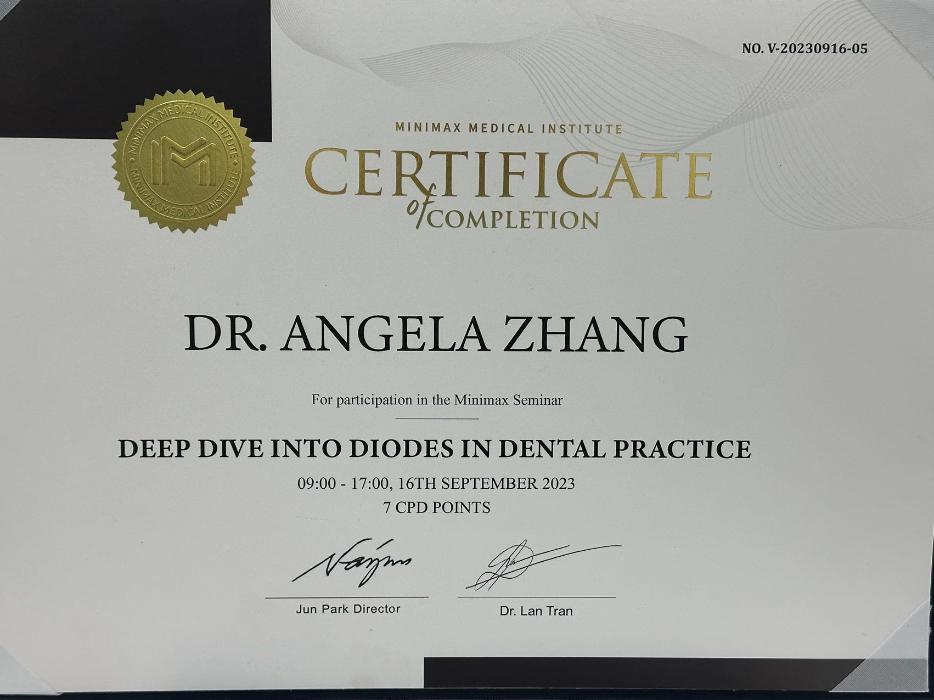 hy doing laser dentistry with Aglow Dental?
hy doing laser dentistry with Aglow Dental?
With more than 8 years of clinical dentistry experience, our team will ensure your
Laser Dental Treatment experience is professional and relaxing at the highest level to achieve the best possible result for you. And AGLOW Dental’s Principal Dentist, Dr Angela Zhang is also a member of Australian Association of Laser Dentistry (AALD).
Whether you’re a new patient or an existing patient, you’re never going to be left in the dark with us. We take you throughout the whole journey and help you understand all that you would like to know to achieve a glowing smile.
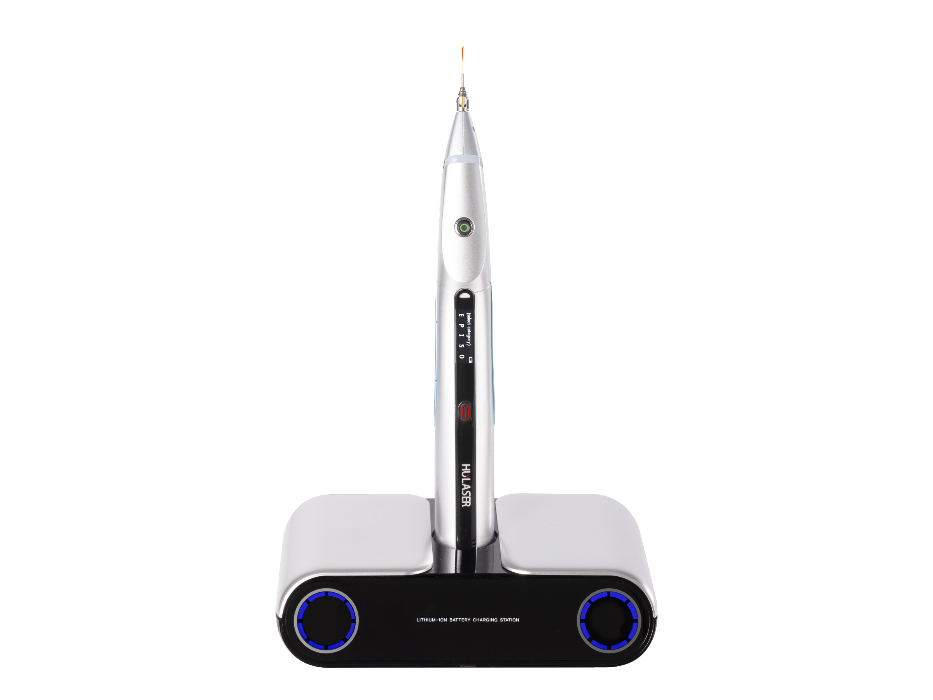

What Technology we offer at Aglow for Laser Dentistry?
At Aglow Dental, we use K2 Dental Handpiece for our Laser Dentistry treatment, the advanced Dental Diode Laser. Dental diode lasers are used by clinicians around the world for a range of procedures in periodontics, endodontics, implantology, and oral surgery. A growing number of clinicians now understand that a dental laser handpiece can provide safer and more effective solutions, especially when treating issues of and around the gums.


